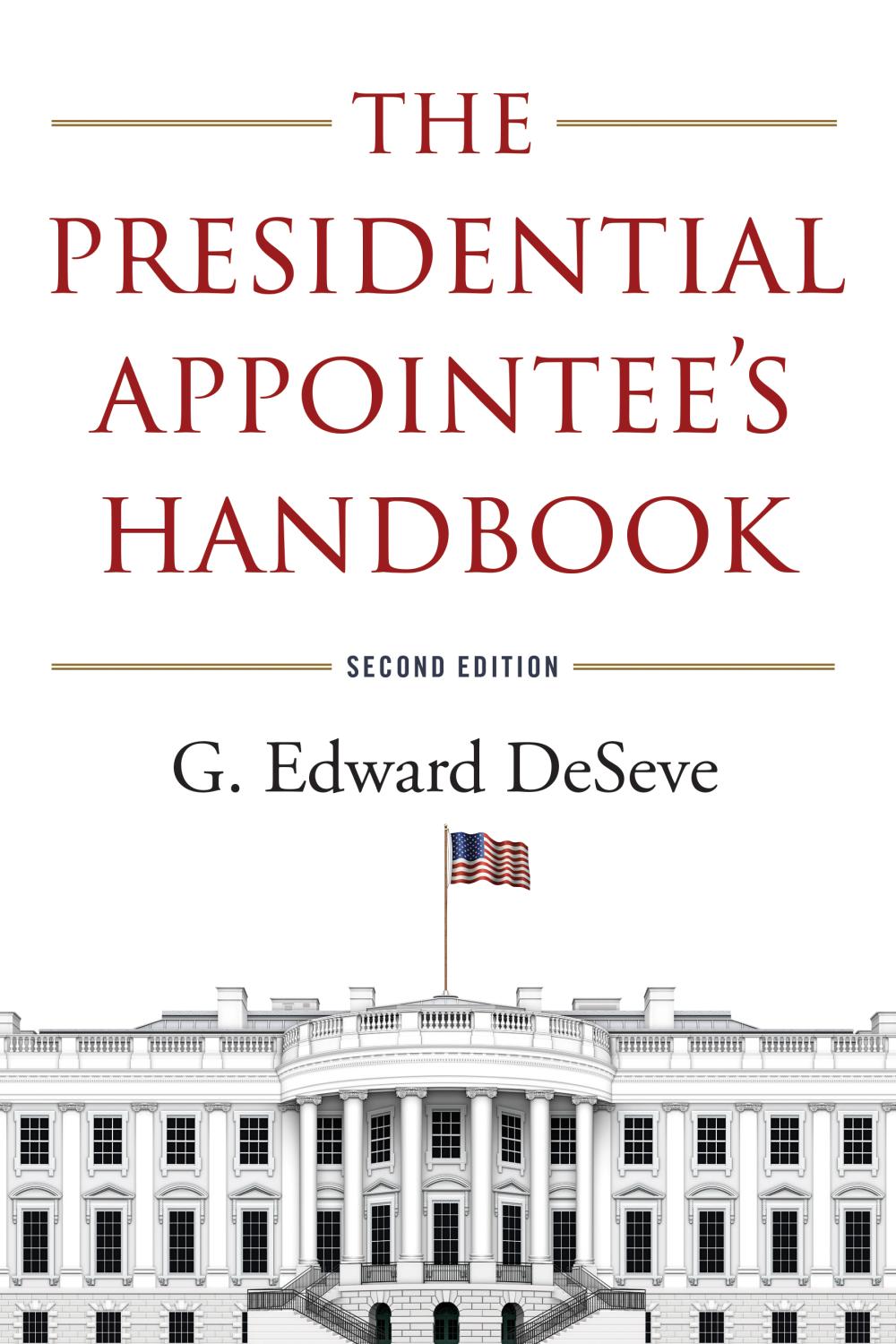


Book
A guide to competencies needed by the federal government’s new top officials.
The transition from one president to another will mean many things, one of which is that some 3,000 to 4,000 new senior presidential appointees will take office in the first months of 2017. They will join some 6,000 members of the Senior Executive Service and nearly 1,000 admirals and generals already working in the top ranks of government.
But the little-known truth is that the federal government has no formal, or even informal, continual learning program for its new high-level managers. If history is a guide, many of the next president’s appointees will never have served in the federal government, or indeed at any level of government. This means that they will need to hone their considerable skills to meet new challenges.
This new, revised and updated edition of The Presidential Appointee’s Handbook is intended to fill the need for learning, by helping new presidential appointees develop the knowledge, skills, and capabilities they will need in their challenging assignments. Additionally, the new edition provides frameworks for success in areas such as strategic foresight, planning for results, risk management and Resilience that are designed to give appointees templates for achieving their goals.
Blending theory with the demands of day-to-day practice, the book clarifies the roles and responsibilities of top government executives, helps them build a network of shared experiences and relationships, and lays out common competencies and codes of proper behavior for government leaders at all levels.
Related Books

Elaine C. Kamarck
July 26, 2016

John Hudak
February 27, 2014

Donald F. Kettl
June 28, 2016

John S. Jackson
October 14, 2014
In terms of a “how to” for political appointees, experienced or new, there’s no better guidebook than this one. It’s chock full of advice appointees ignore at their peril.
—Carlos Otal, managing partner, Grant Thornton Public Sector
Presidential appointees arrive in Washington eager to do a good job but often unclear about how to get started. This is the book they should read first.
—Alice M. Rivlin, former director, Office of Management and Budget
There’s never been a time when strong executive branch leadership has mattered more—or when the puzzle of how best to provide it has been more difficult. In this lively and provocative handbook, Ed DeSeve draws on his frontline experience to outline the competencies that top leaders need to lead well. American government—and the citizens it serves—will be far better served if its top officials follow the straightforward counsel in this primer.
—Don Kettl, professor and former dean of the School of Public Policy at the University of Maryland
Authors
G. Edward DeSeve is currently the Executive in Residence at the Brookings Executive Education program. He is also the cochair of the National Academy of Public Administration’s Transition 2016 program. As special advisor to President Barack Obama, DeSeve oversaw the successful implementation of the $787 billion American Recovery and Reinvestment Act. His career has included work in finance, academia, and government.